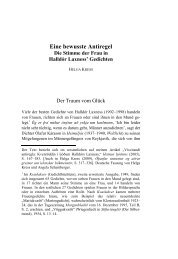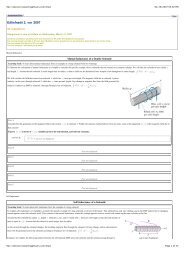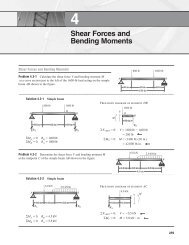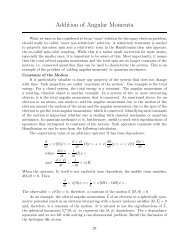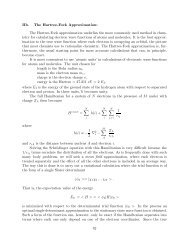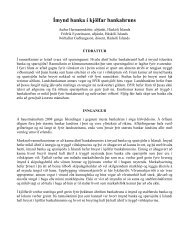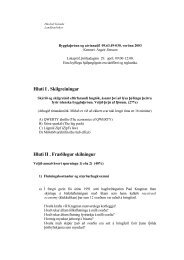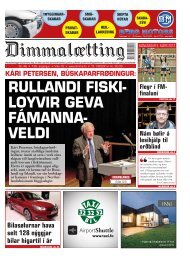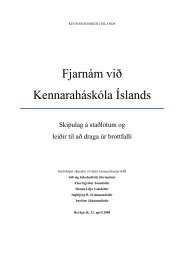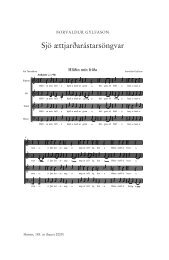English Pronunciation for Icelanders
English Pronunciation for Icelanders
English Pronunciation for Icelanders
Create successful ePaper yourself
Turn your PDF publications into a flip-book with our unique Google optimized e-Paper software.
30<br />
2 18<br />
2.3 Nasals<br />
2.3.1 Bilabial, alveolar and velar nasals<br />
There are three nasals in RP <strong>English</strong>: m, n, ~, in the words mouth<br />
mauþ, nose n0uz, tongue tÆ~.<br />
Listen and repeat:<br />
bilabial m alveolar n velar ~<br />
mouse maus knot not wrong ro~<br />
hammer hæm0 banner bæn0 singer si~0<br />
thumb þÆm phone f0un finger fi~g0<br />
These three are the only nasal sounds in most accents of <strong>English</strong>,<br />
including RP. Icelandic, on the other hand, has at least ten<br />
different versions of its nasals. If you don't believe me, count<br />
them:<br />
short long unvoiced<br />
bilabial ama m amma m: hampa m6<br />
alveolar una n unna n: henta n6<br />
palatal hangi ˜ ˆ banki ˜&<br />
velar hanga ~ banka ~&<br />
You should try not to use long or unvoiced nasals in <strong>English</strong>. So<br />
be careful, ...<br />
don't say 8 ståm6p say 8 stæmp (stamp)<br />
pein6t peint (paint)<br />
þ^~&k<br />
þi~k (think)<br />
In <strong>English</strong> and Icelandic, ~ is often followed by g or k, but not<br />
necessarily. In RP <strong>English</strong>, ~ can occur by itself at the end of a<br />
word or morpheme. The general rule is: if the spelling <strong>for</strong>m ng<br />
comes at the end of a morpheme, the g is dropped; if it occurs in<br />
the middle of a morpheme, the g is sounded.<br />
compare 8 singer si~0 with 8 finger fi~g0<br />
hanger hæ~0<br />
anger æ~g0<br />
sing less si~ les<br />
single si~g¬<br />
But note the irregular <strong>for</strong>ms:



